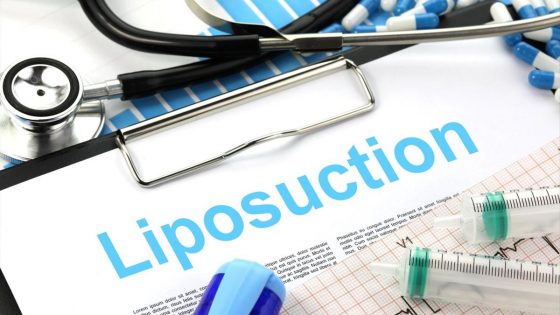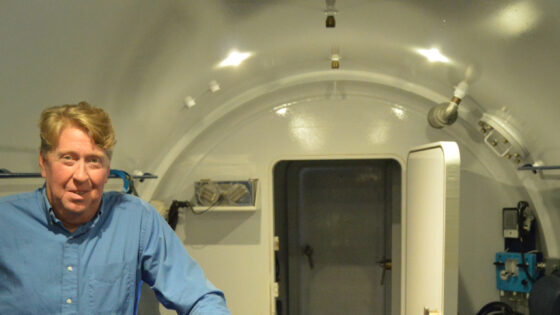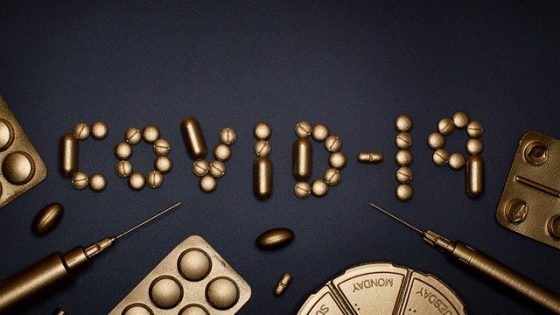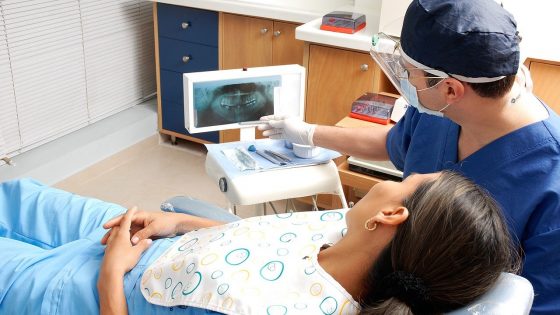centimeter
A measure of length in the metric system. There are 100 centimeters in a meter and 2½ centimeters in an inch.
central nervous system depressant
A type of drug that slows down brain activity, which causes the muscles to relax and calms and soothes a person. Central nervous system depressants are used to treat insomnia (trouble sleeping), anxiety, panic attacks, and seizures. They may also be used to relieve anxiety and tension before surgery. Examples of central nervous system depressants are benzodiazepines, barbiturates, and certain sleep medicines. Central nervous system depressants are sometimes called sedatives or tranquilizers. Also called CNS depressant.
central nervous system metastasis
Cancer that has spread from the original (primary) tumor to the central nervous system (CNS). Also called CNS metastasis.
central nervous system primitive neuroectodermal tumor
A type of cancer that arises from a particular type of cell within the brain or spinal cord. Also called CNS PNET.
central nervous system prophylaxis
A type of treatment that uses intrathecal chemotherapy (chemotherapy injected directly into the fluid-filled space between the thin layers of tissue that cover the brain and spinal cord) or high-dose chemotherapy injected into a vein to kill cancer cells in the central nervous system (CNS). Radiation therapy is also sometimes used. Central nervous system prophylaxis is given when the cancer is diagnosed because standard chemotherapy cannot get into the CNS and kill cancer cells that may be hiding in there. It is used to lessen the chance cancer will come back in the CNS after the first treatment. Central nervous system prophylaxis is used with other therapy to treat certain types of leukemia and lymphoma that may spread to the CNS. Also called CNS prophylaxis.
central nervous system stimulant
A type of drug that increases the levels of certain chemicals in the brain and increases alertness, attention, energy, and physical activity. Central nervous system stimulants also raise blood pressure and increase heart rate and breathing rate. They are used to treat depression, attention deficit hyperactivity disorder (a disorder in which a person has problems paying attention, controlling actions, and remaining still or quiet), and narcolepsy (a sleep disorder). Also called CNS stimulant.
central nervous system tumor
A tumor of the central nervous system, including brain stem glioma, craniopharyngioma, medulloblastoma, and meningioma. Also called CNS tumor.
central venous access catheter
A device used to draw blood and give treatments, including intravenous fluids, drugs, or blood transfusions. A thin, flexible tube is inserted into a vein, usually below the collarbone. It is guided (threaded) into a large vein above the right side of the heart called the superior vena cava. A needle is inserted into a port outside of the body to draw blood or give fluids. A central venous access catheter may stay in place for weeks or months and helps avoid the need for repeated needle sticks. There are several types of central venous access catheters.
CEP-2563 dihydrochloride
A substance being studied in the treatment of some types of cancer. CEP-2563 dihydrochloride blocks certain proteins involved in the growth of some tumors and may kill cancer cells. It is a type of receptor tyrosine kinase inhibitor.













